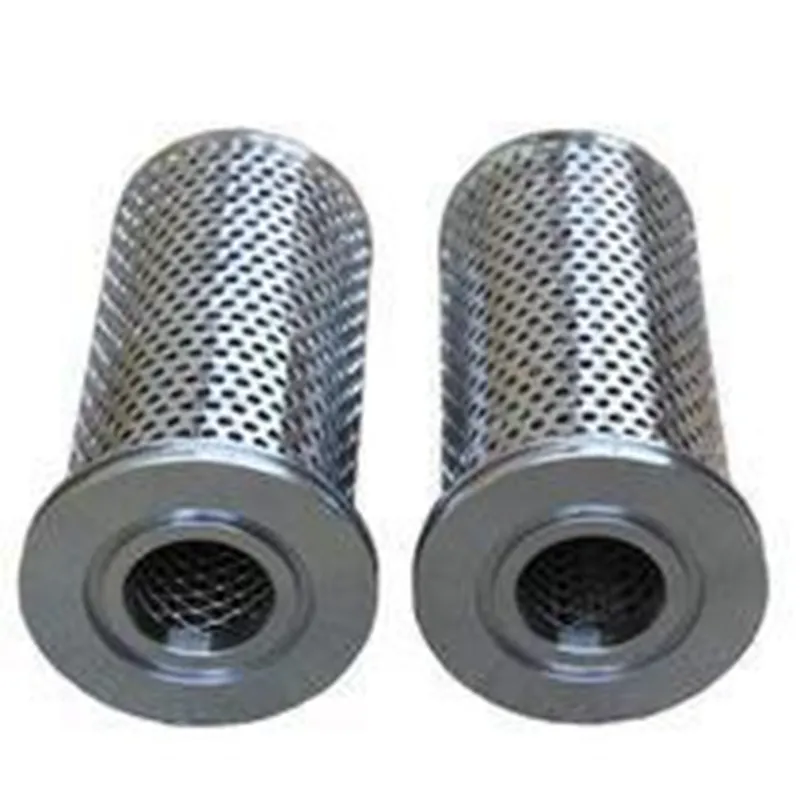 Tel:
+8615930870079
Tel:
+8615930870079
Dic . 28, 2024 06:14 Back to list
gas turbine inlet filter
Gas Turbine Inlet Filters A Vital Component for Optimal Performance
Gas turbines have become a cornerstone of power generation and propulsion in various industries. Whether they are used in electricity generation, aviation engines, or marine propulsion systems, their efficiency and reliability are of utmost importance. One critical component that plays a vital role in the performance of gas turbines is the inlet filter. This article explores the significance of gas turbine inlet filters, the types available, and the maintenance practices necessary to ensure optimal operation.
The Importance of Inlet Filters
Gas turbines operate by drawing in air, which is compressed and mixed with fuel before being ignited. However, the quality of the air intake can significantly affect turbine performance. Dust, dirt, and other particulates can enter the turbine, causing erosion, fouling, and potentially catastrophic failures. The primary function of gas turbine inlet filters is to prevent such contaminants from entering the engine, ensuring clean air is supplied for combustion.
By filtering out harmful particles, these filters not only enhance the lifespan of the turbine components but also contribute to more efficient operation. A clean intake leads to better combustion, which translates to higher efficiency and reduced fuel consumption. As a result, the role of inlet filters is not merely protective; it directly impacts the operational cost and environmental footprint of gas turbine systems.
Types of Inlet Filters
Inlet filters for gas turbines come in various designs, each tailored to meet specific operational requirements. The most common types include
1. Panel Filters These are made from fibrous filter media and are typically used in environments where the particulate load is relatively low. They provide good filtration efficiency at a lower cost and are easy to replace.
2. Bag Filters Offering a larger surface area, bag filters can capture smaller particles and are suitable for applications with higher dust loading. Their design allows for a longer service life and lower pressure drop, which is crucial for maintaining turbine efficiency.
gas turbine inlet filter

3. Vane Filters These filters use a series of angled blades that redirect airflow, allowing heavy particles to settle out by gravity. They are often used as pre-filters to increase the efficiency of downstream filters.
4. Cyclone Separators Utilizing centrifugal force, these separators can effectively remove larger particles from the air stream before it reaches the finer filters. They are particularly useful in environments with high dust or particulate concentrations.
5. HEPA Filters High-Efficiency Particulate Air filters are capable of trapping extremely small particles and are often employed in cleanroom environments or when high air purity is required.
Maintenance and Best Practices
To ensure the longevity and efficiency of gas turbine inlet filters, regular maintenance is essential. This includes routine inspections to check for signs of wear or damage and replacing filters at manufacturer-recommended intervals. Neglecting filter maintenance can lead to increased pressure drops, reduced airflow, and ultimately lower turbine performance.
Another best practice involves monitoring the operating environment. In areas with high dust or particulate levels, more frequent filter changes may be required. Additionally, employing pre-filtration systems can extend the life of primary filters, reducing overall maintenance costs.
Conclusion
Gas turbine inlet filters are indispensable for maximizing the efficiency and reliability of gas turbines. By preventing contamination and ensuring clean air intake, these filters help protect costly turbine components and optimize operational performance. With various types available, selecting the appropriate filter and adhering to maintenance protocols is crucial for achieving the best results. As industries continue to seek more efficient and sustainable energy solutions, the role of gas turbine inlet filters will remain central to the evolution of gas turbine technology. Making informed choices about filtration systems is not just about protecting machinery; it is a strategic investment in energy efficiency and environmental stewardship.
-
Nano Fiber Technology: Revolutionizing Cartridge Dust Collector FiltersNewsAug.06,2025
-
How Activated Carbon Air Cartridges Eliminate OdorsNewsAug.06,2025
-
Dust Filter Cartridge Handling Fine Particulate MatterNewsAug.06,2025
-
Cartridge Dust Collector Filter for Welding Fume ExtractionNewsAug.06,2025
-
Activated Carbon Filter Cartridge Effectiveness Against VOCsNewsAug.06,2025
-
Activated Carbon Air Filter Cartridge Benefits ExplainedNewsAug.06,2025

 Email:
Email:





